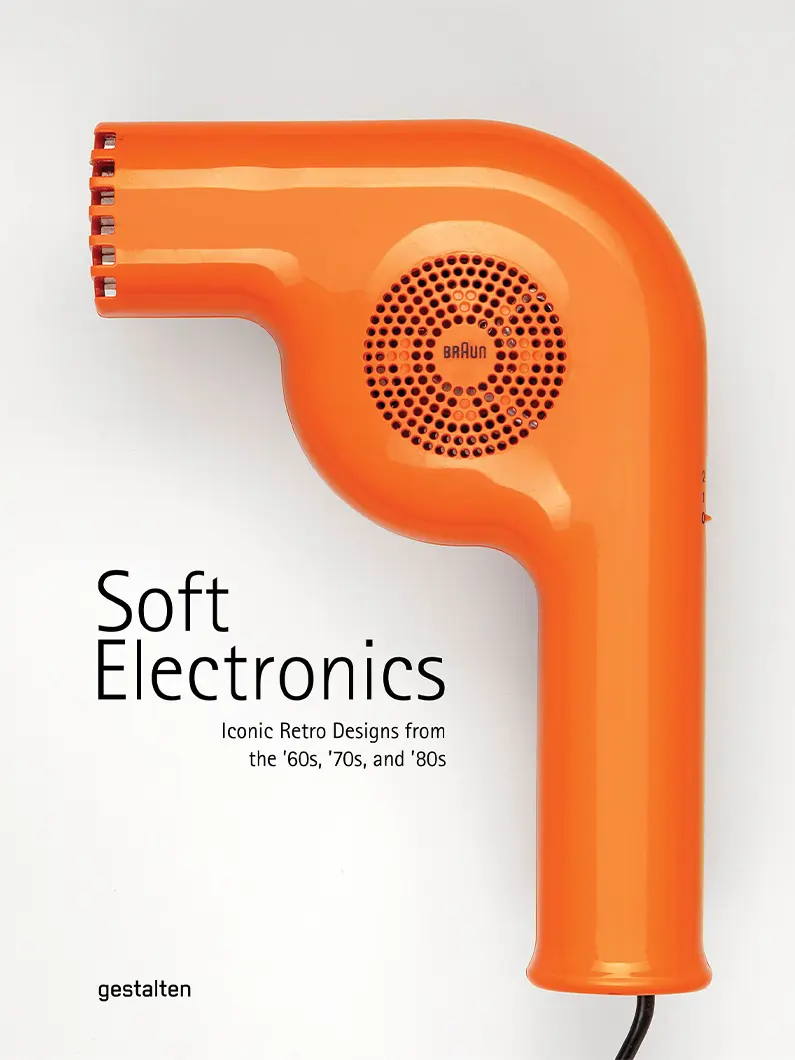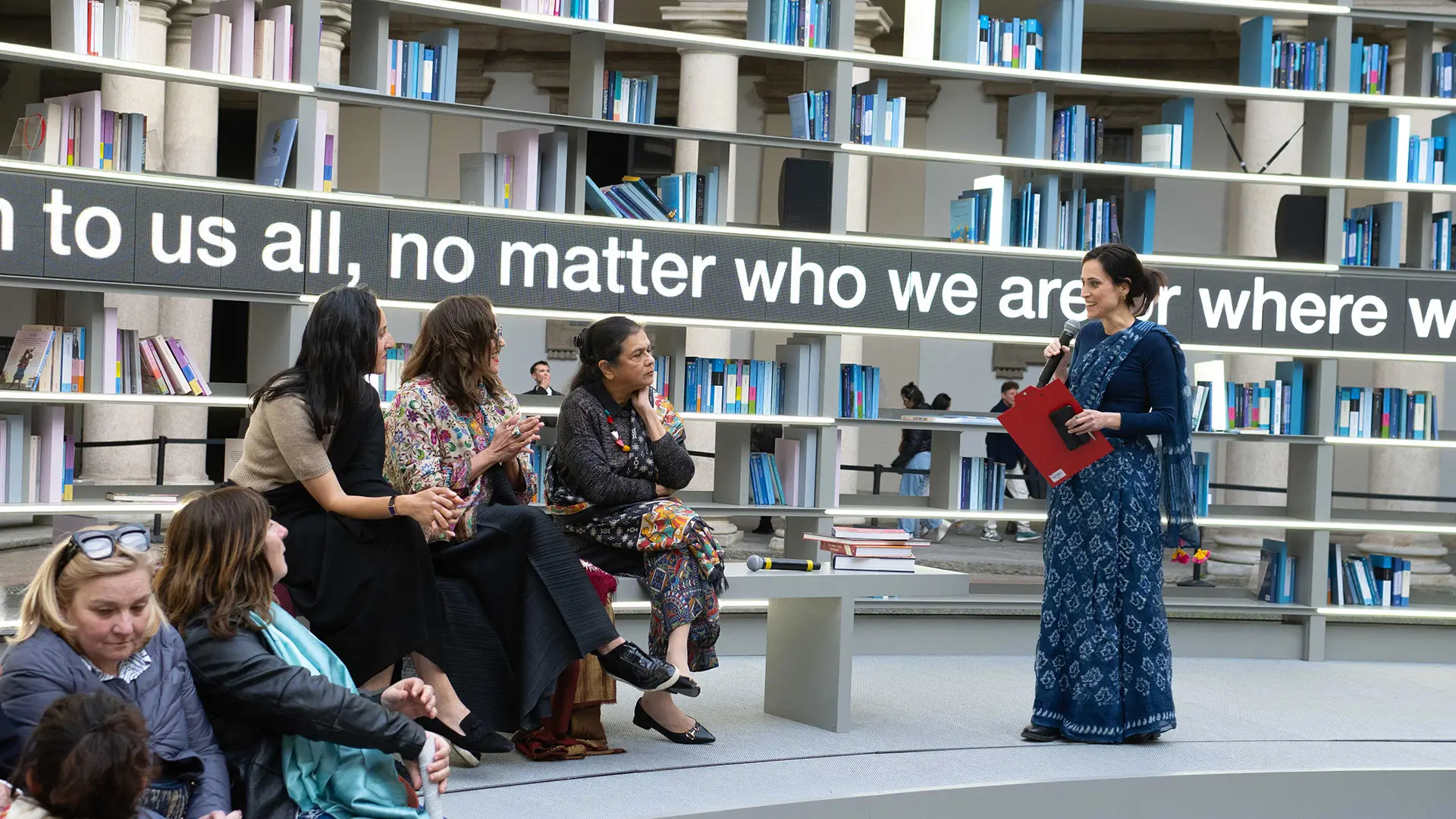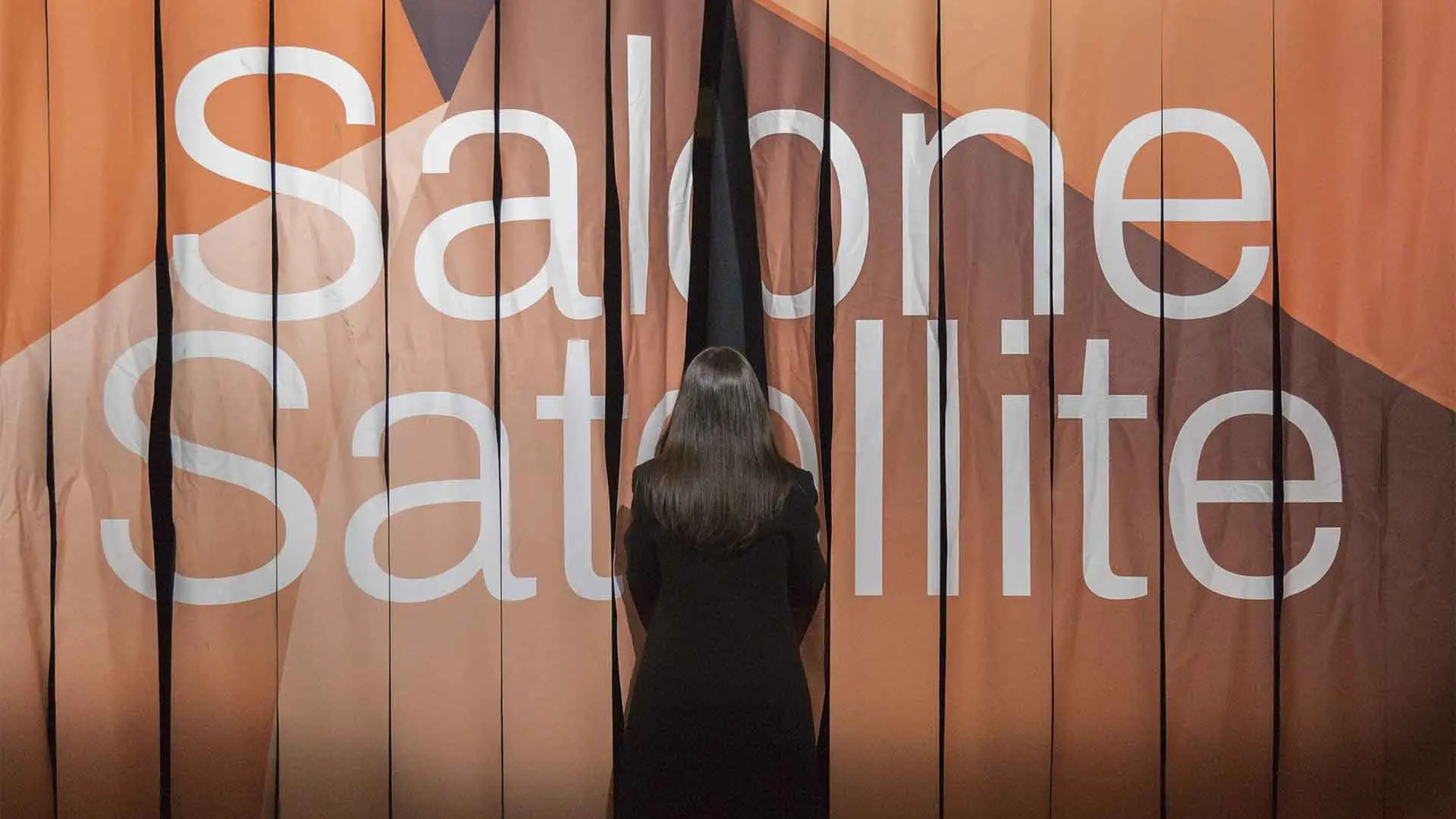Che cos’è e cosa prevede il bonus, come richiederlo e soprattutto, si può chiedere il bonus anche senza ristrutturazione?
Four books, four subjects and a single common thread: originality
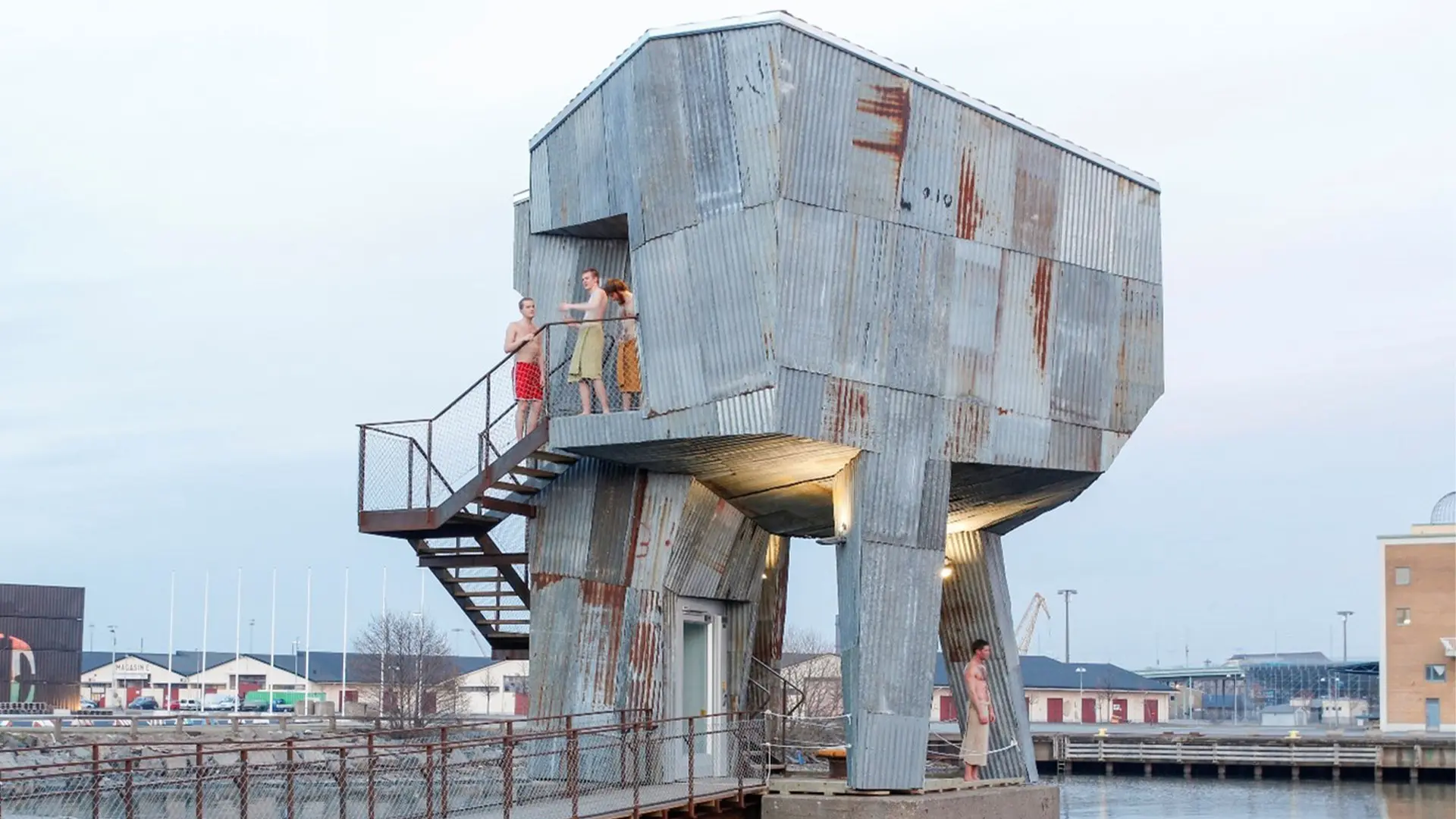
Bathing Culture corrugated-steel exterior sauna, photo credit raumlabor
A toy collector’s passion, pictograms from then to now, saunas as community focal points and iconic domestic appliances: a journey into the transformations of our society
Building Toys. An Architect’s Collection
A Santa Monica-based architect and former professor of architectural theory, the author’s passion shines out from every page. “Not surprisingly, being an architect, I began to focus my collecting attention on building toys. These toys are a special case. They present a box full of possibilities rather than a fully formed object,” he says. Over the course of 30 years, John Rock has collected more than 100 toys, now gathered together into an encyclopaedic narration, from 1800 to the present day.
Every toy comes complete with its original packaging, components, assembly diagrams and the finished article, put together and photographed by the author himself. There’s no shortage, either, of historic information on designers and producers and precious bibliographical sources. In their entirety, these microstories map out a commercial and traditional scene ranging over two centuries, highlighting fashions and design trends, publicity and technical features of the materials used. These themselves – natural and painted wood , artificial stone, metal, plastic and cardboard – become the chapter headings, packed with houses, bridges and castles of all shapes and styles. The book also features ‘pedigree toys’, such as the Lincoln Logs, created by a son of F. L. Wright, inspired by his father’s anti-seismic Imperial Hotel in Tokyo. It also contains an Italian building toy, the Elementi per Costruzioni Moderne, made by L.I.U. during the 1940s.
Title: Building Toys. An Architect’s Collection
Author: John Rock
Publisher: Oro Editions
Published: February 2023
Pages: c. 250
Language: English

Today meets Yesterday
A pictogram journey through time. From how we were then to how we are now. The multi-award-winning graphic designer Yang Liu, Chinese by birth but a Berliner by adoption, uses her graphic precision to set up a dialogue between past and present by way of familiar situations and universal concepts, with vivid pictogram pairings. With only a very brief title, and no text whatsoever, the power of the double page spread lies in silent communication. Informed by painstaking analysis of behavioural models and the evolution of societal tastes and attitudes, the book is an excursus into the transformations that have taken place and the challenges that human beings have had to and will still face.
In her introduction, Liu mentions a Chinese emperor who sent an emissary to America and Europe to report on industrialisation in 1868. Aside from technical progress and the new production processes, Liu reports that the emissary noted “the loss of human values, the pure pursuit of material wealth, and the disappearance of reason.” So, tradition or technology? “Could it be that, along with the many benefits we hope to gain from progress and those that have already manifested, some of the fears held by the Chinese envoy 150 years ago have come true?” The book raises this question and, especially, the hope that it will inspire “further conversation and exchange.”
Title: Today Meets Yesterday
Text and Illustrations: Yang Liu
Publisher: Taschen
Published: First published 2016
Reissued: English, French, German and Spanish (2022)
Pages: 160
Language: English
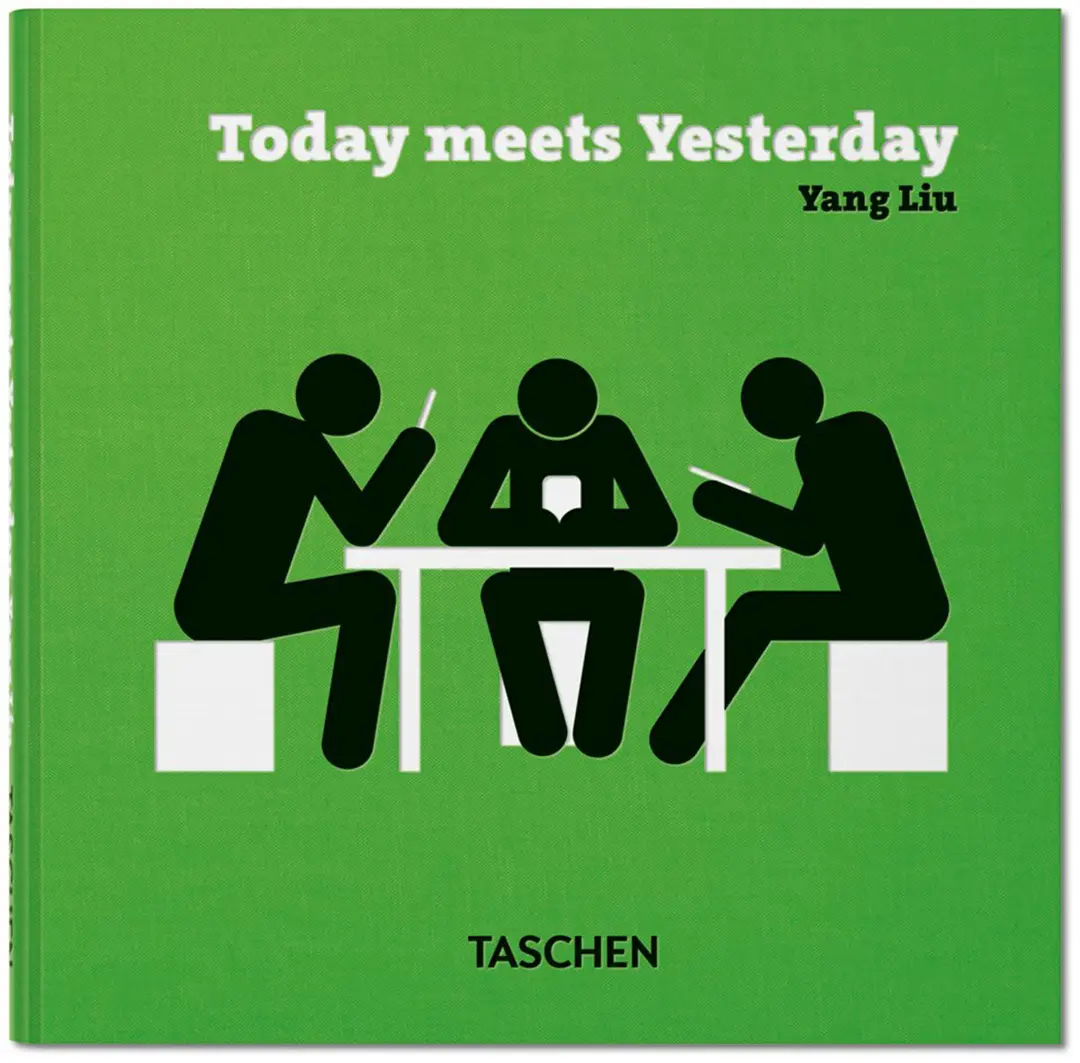
Social Sauna. Bathing & Wellbeing
Not just sweat – it’s so much more. The culture of one of the oldest hydrotherapeutic practices, with its rituals and its design, is explored from new perspectives. The practice has survived in Finland, Estonia and Russia and the closure of the public baths in Europe thanks to the Reformation, and saunas still bring the same beneficial values, as a Finnish proverb states: “If a sick person is not cured by tar, spirits or sauna, then they will die.”
Part of a research project commissioned by Therme Group – a world leader in wellbeing facilities – the book is intended to promote greater awareness of sauna and wellbeing culture, from traditional steam baths to experimental contemporary practices. From their celebrated health benefits and strengths as a community service, the book explores why and how saunas are gaining new relevance in our stress-ridden and hyper-connected world. The book describes their resurgence as a therapeutic tool for underpinning systemic wellbeing and a powerful catalyser, responsible for building a community and a connection with nature. The public sauna project in the port area of Frihamnen, in Gothenburg, is just one of many examples of urban regeneration in areas close to water in which saunas are a focal point. While saunas might appear somewhat exclusive at first sight, they actually touch on myriad shared issues: from physical and psychological wellbeing to identity, sexuality, ecology and nature.
Title: Social Sauna. Bathing & Wellbeing
Author: Jane Withers & Ria Hawthorn
Publisher: Therme Group
Published: 2022
Pages: 126
Language: English
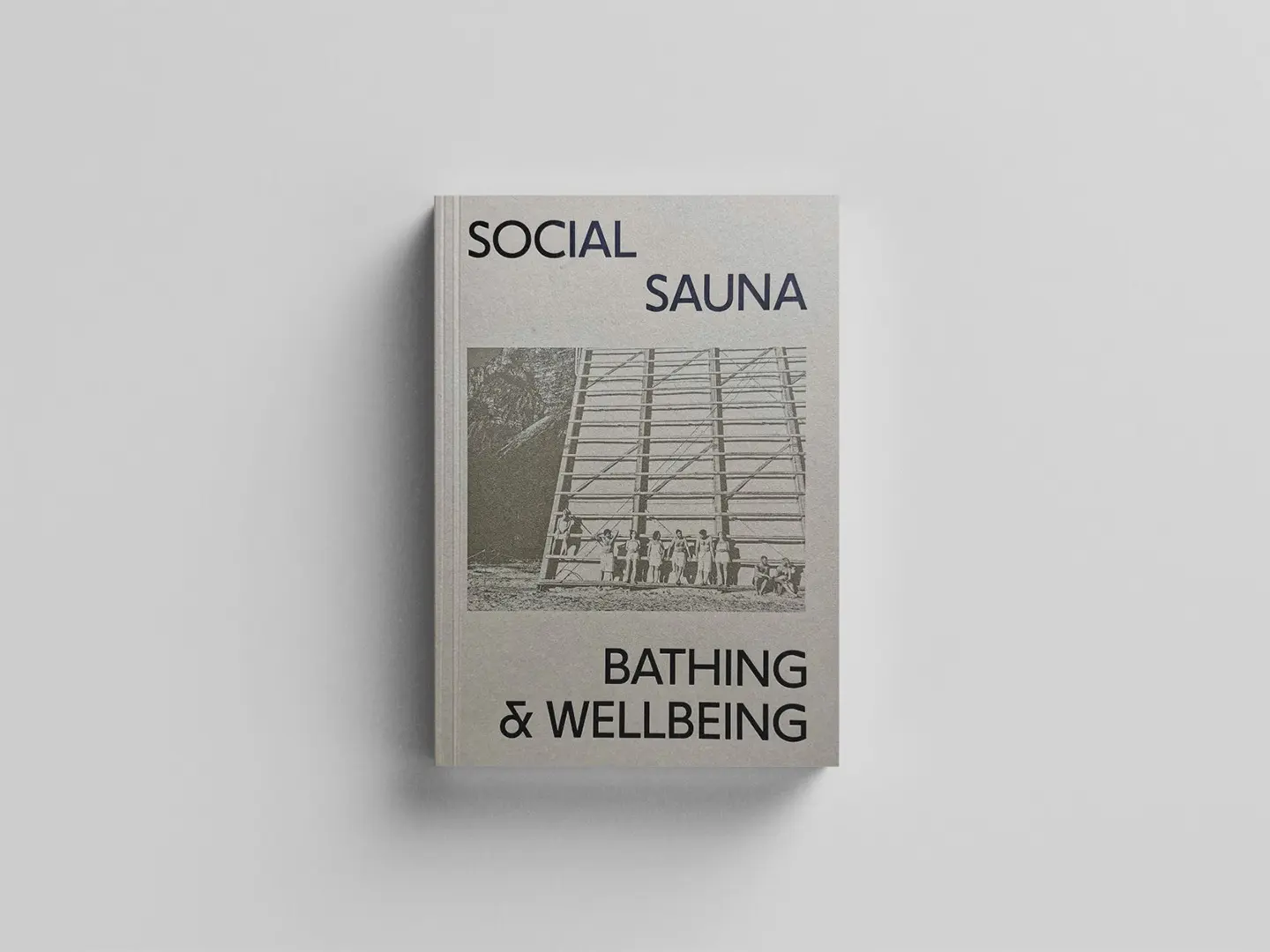
Soft Electronics
The subtitle – Iconic Retro Designs from the 60’s, 70’s and ‘80’s – is a clear pointer to the content. It’s an anthology of pieces produced during one of the most fertile periods of design. Conceived to respond to people’s needs (housewives, first and foremost), they range from labour-saving appliances to beauty products. Jaro Gielens, a collector of retro objects and electronic games, showcases a selection of the most iconic “soft” domestic appliances – as he terms them. These are pieces designed with that little extra something compared with their predecessors: attention to looks. Objects that had to be good-looking and coloured because they were kept on open shelves and, especially, easily cleaned. The Sixties saw the dawn of new lifestyles thanks to post-War wellbeing, with housewives keen to carve out more time for themselves, and therefore to optimise housework. The packaging also had to be appealing. This was the first time domestic appliances were seen as objects of desire.
The book is also a story of gender design, in which domestic appliances aimed at women boasted delicate shapes and bright colours, whereas those for the male market (“hard”) were more assertive and darker-coloured. Beneath this lies another story: that of the design of electronic products that were initially designed with longevity in mind, destined to last for a lifetime, but which are now associated with planned obsolescence (European consumers have only enjoyed the Right to Repair since March 2021, Ed.).
The book spurs us to think about how domestic appliances, that have played their own part in societal change over the decades, can help us face up to the new climate emergency.
Title: Soft Electronics. Iconic Retro Designs from the 60’s, 70’s and ‘80’s
Author: Jaro Gielens
Publisher: Gestalten
Published: 2022
Pages: 256
Language: English
